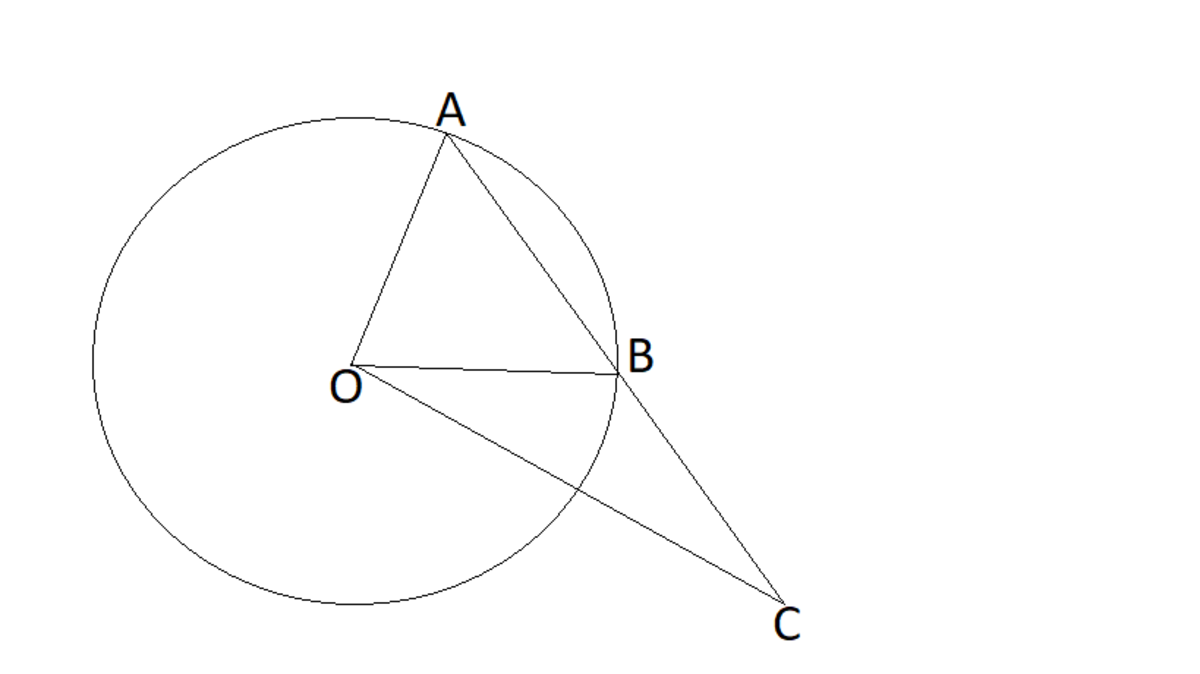Got stuck at a point -1
While I was spending time on geometry and triangle congruence triangles a question came in my mind which I wasn't able to solve, it can be described as follows:
In the given figure is the center of the circle.

If you only knows measure of and then can you find measure of ?
Any answer will be worthy and will be appreciate, so please try once!
No vote yet
1 vote
Easy Math Editor
This discussion board is a place to discuss our Daily Challenges and the math and science related to those challenges. Explanations are more than just a solution — they should explain the steps and thinking strategies that you used to obtain the solution. Comments should further the discussion of math and science.
When posting on Brilliant:
*italics*or_italics_**bold**or__bold__paragraph 1
paragraph 2
[example link](https://brilliant.org)> This is a quote# I indented these lines # 4 spaces, and now they show # up as a code block. print "hello world"\(...\)or\[...\]to ensure proper formatting.2 \times 32^{34}a_{i-1}\frac{2}{3}\sqrt{2}\sum_{i=1}^3\sin \theta\boxed{123}Comments
I will try, although I don't know much of geometry(circles and all that).
However, I think OA and OB are the same (radii), so only one needs to be specified.
Log in to reply
Yeah, That's right
Log in to reply
I tried it, but could not do it with the geometry I am taught till now. I think it really requires higher class geometry like the solutions of Aryan Sanghi and Jeff Giif.
You can do it using Sine rule
sinCOB = sinOBCOC
As we know, OB, Angle C and OC, we can find angle OBC
With this, we can find angle ABO with linear pair
Now, angle A is equal to Angle ABO as OA = OB
So, we can apply sum of anglea of triangles is 180° in triangle AOB to get angle AOB
Log in to reply
Thanks for your solution
Yes, I suppose you can! Given asinA=bsinB, you can substitute values of angle ACO and side OA, so
sideOAsin(angleACO)=sideOCsin(angleOAC).
Since OA & OB are the radii of a same circle, triangleOAB is an isosceles triangle, so angle AOB =
180∘−2×∠OAC.
Log in to reply
Thanks for your efforts
In △AOC: sin(ACO∘)AO=sin(∠OAC∘)OC⟹OAC∘=sin−1(AO×sin(ACO∘)OC)⋅
∠BOA∘=180∘−2(∠OAC∘)
Log in to reply
@Zakir Husain, this answer is just a modification from @Jeff Giff's problem. I don't know which of these inspired the other, but both are nice!